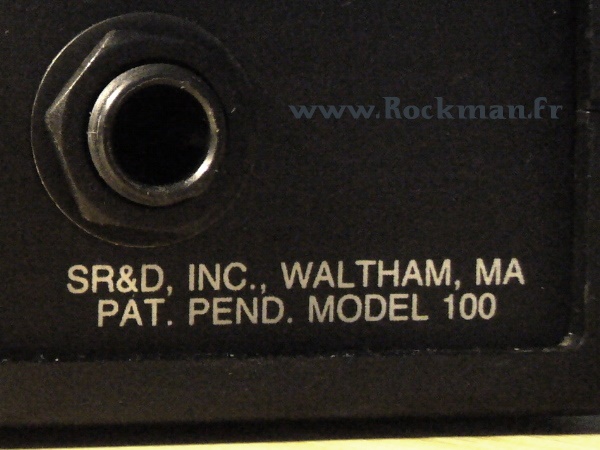|
When you start a business, and when your business is based on innovation and creativity, the first thing to do before manufacturing and selling anything is to make sure that no-one will copy what you do in the next weeks.
|
There are two basic tools when you want to protect your intellectual property: Patents and Trademarks. The two approaches do not cover exactly the same things, but all in all, a company can thus protect its rights during a sufficient period.
A Patent protects an invention during 20 years, while a Trademark is active as long as it is actually used in a commercial activity, with an additional 5 years protection when the activity stops. Infringing the Patents regulation is a direct intellectual property robbery (you use something that belongs to someone else), while infringing the Trademark is called counterfeit: you donít have the rights to manufacture and sell something which has a precise definition and description.
The patents registered by Tom Scholz in the name of SR&D are listed in the legal page of Rockman.fr. They protect the following inventions, and protect globally SR&Dís know-how.
- Power Soak: principle, circuit and enclosure design (4 patents)
- Headphone Amps: circuits and enclosure design (5 patents)
- Circuits: Compressor, Autoclean and Smart Gate (3 patents)
- Programmable analog units: the XPR (1 patent)
|
 |
 |
SR&D owned several registered trademarks:
- Power Soak, Rockman, Rockmodules
- Sustainor, Smart Gate, Autoclean, Semi-CLN, CLN2, Phase Notcher, Lead Leveller
- Long Chorus
- Midi Octopus
- Distortion Range
- Ultimatum Distortion, A12-50
The selection between patents and trademarks is instructive per se:
- A patent was registered every time a circuit was both innovative and critical for the product lineís identity.
- Trademarks were registered when an invention was a contribution to the Rockman's identity, when the technical innovation was not distinct enough from the competitors' creations.
You cannot register a patent each time you build a distortion circuit or filters. Thatís why circuits like the Clean channels, the Phase Notcher or even the Ultimatum Distortion couldnít be protected by patents: they are not based on a specific design, but on a specific result.
|
On the other hand, circuits like the Smart Gate and the Autoclean both represent a huge amount of work and their design wasnít a piece of cake. The structure of the Rockman Compressor circuit has nothing new in itself. But the way it is integrated in a guitar device, and the tricks that SR&D used to control its time constants and frequency response are truly specific and creative.
|
It is interesting to note that the Power Soak and the Headphone Amps enclosures are protected by patents, while the Rockmodules half-rack enclosures and their Rackmount were not registered (though the concept was fairly unique).
It seems that SR&D, in 1986, had enough faith in the circuits, and didnít feel the needs for one more patent about the physical design.
But there's another hypothesis. On almost all the Rockmodules, you will read on the rear panel "Model 100, Pat. Pending"...
If you consider that all the modules (except the Sustainor 100A, the 200 and the Smart Gate) are stamped Model 100, you may understand that Model 100 refers to the half-rack enclosure - not to the modules themselves!
Only a hypothesis...
|
 |
|
